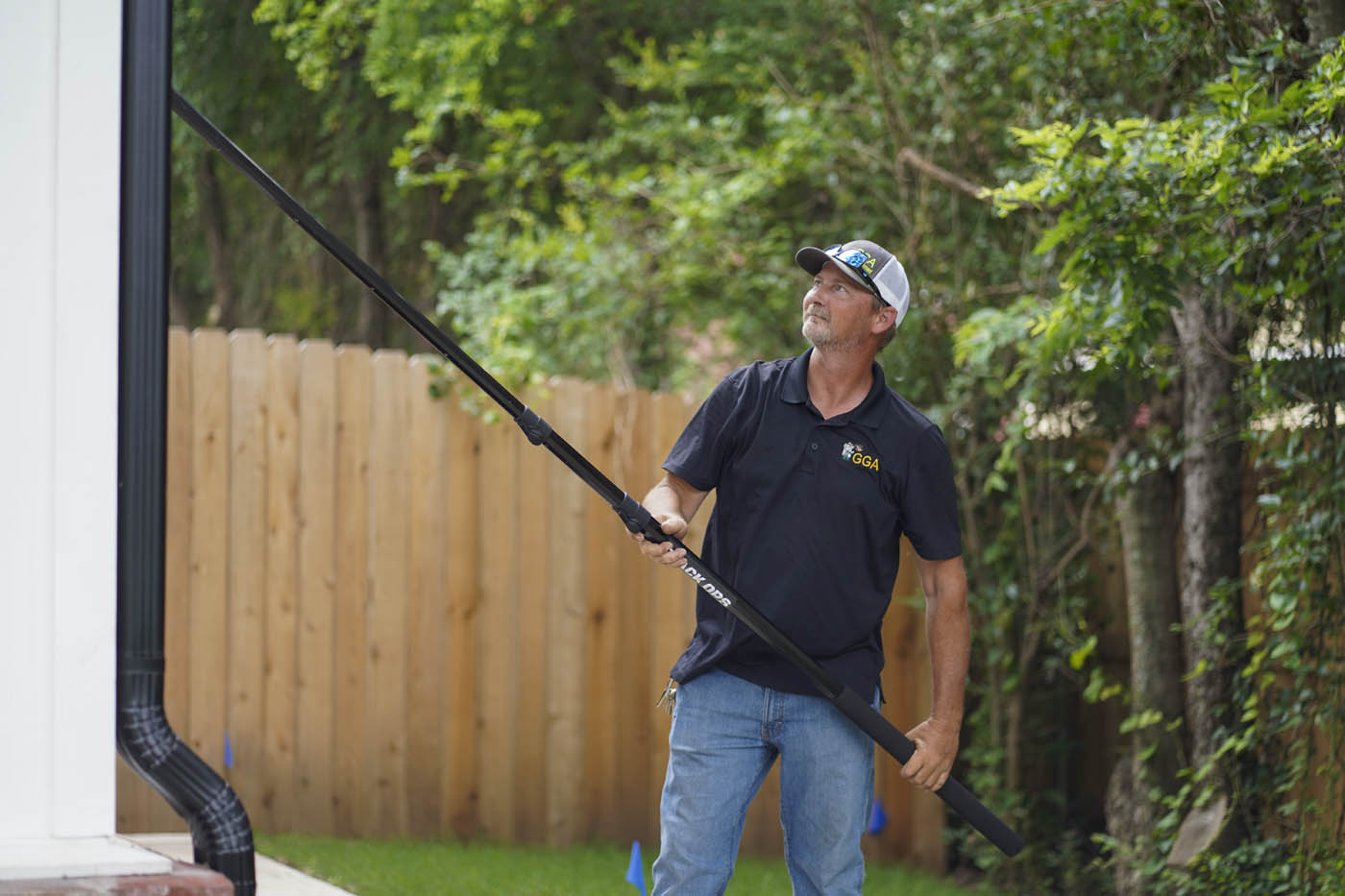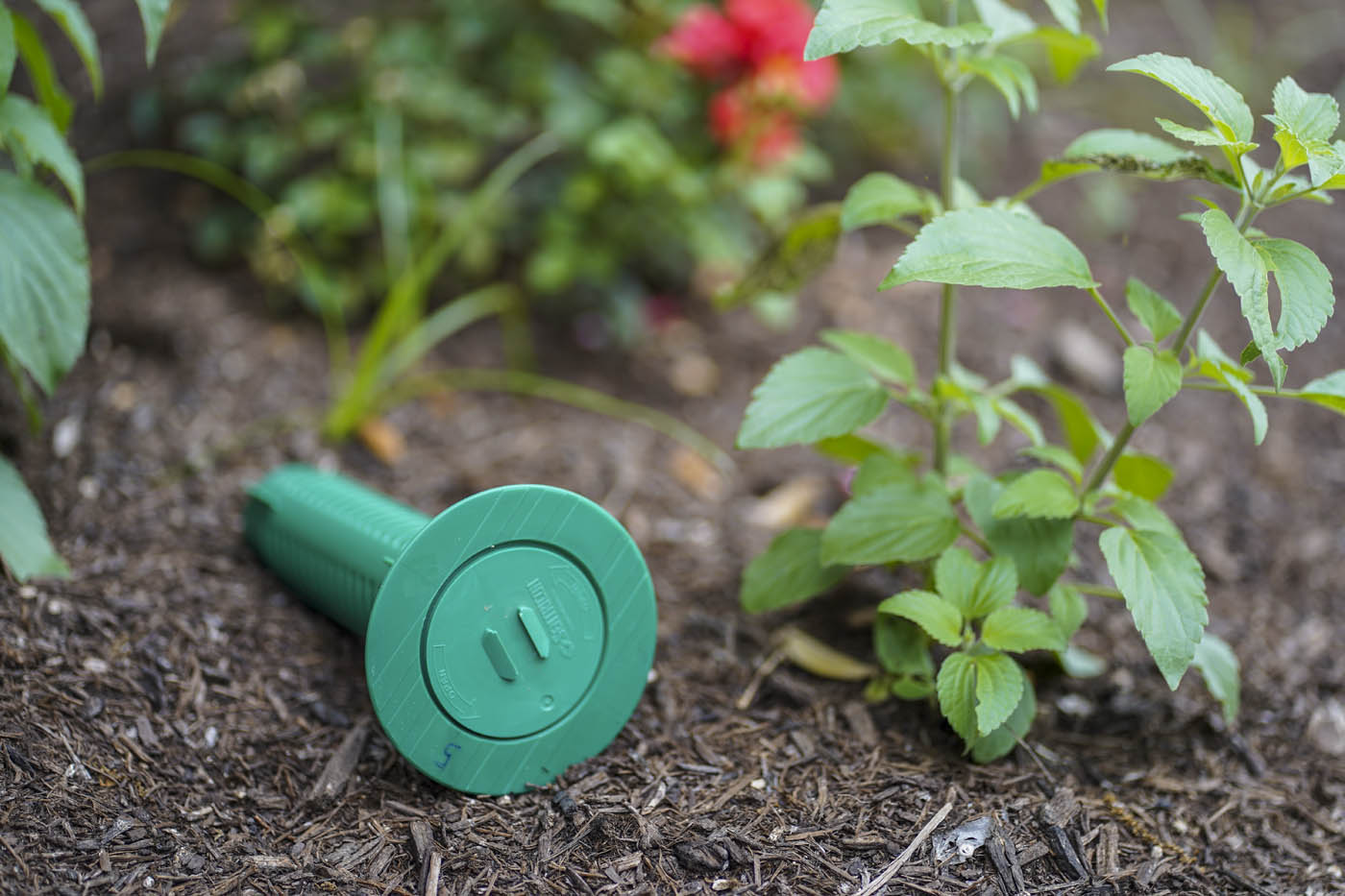The Dilemma of the Carnivorous Plant
October 14, 2016
Carnivorous plants need to procreate too. How do they do this? Why through pollination, of course. They grow flowers for insects to pollinate when they are ready to reproduce. Unfortunately, this involves the very insects that they also lure into their clutches and eat. So, how do these plants that are known for eating insects get those very insects to also pollinate them so that they can continue to thrive as a species? They somehow need to be able to still trap and eat insects without ruining their chances of getting pollinated




